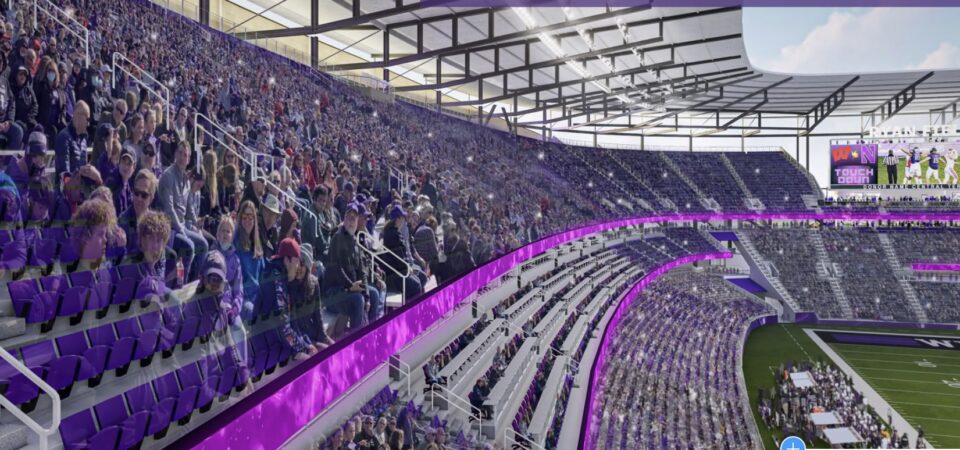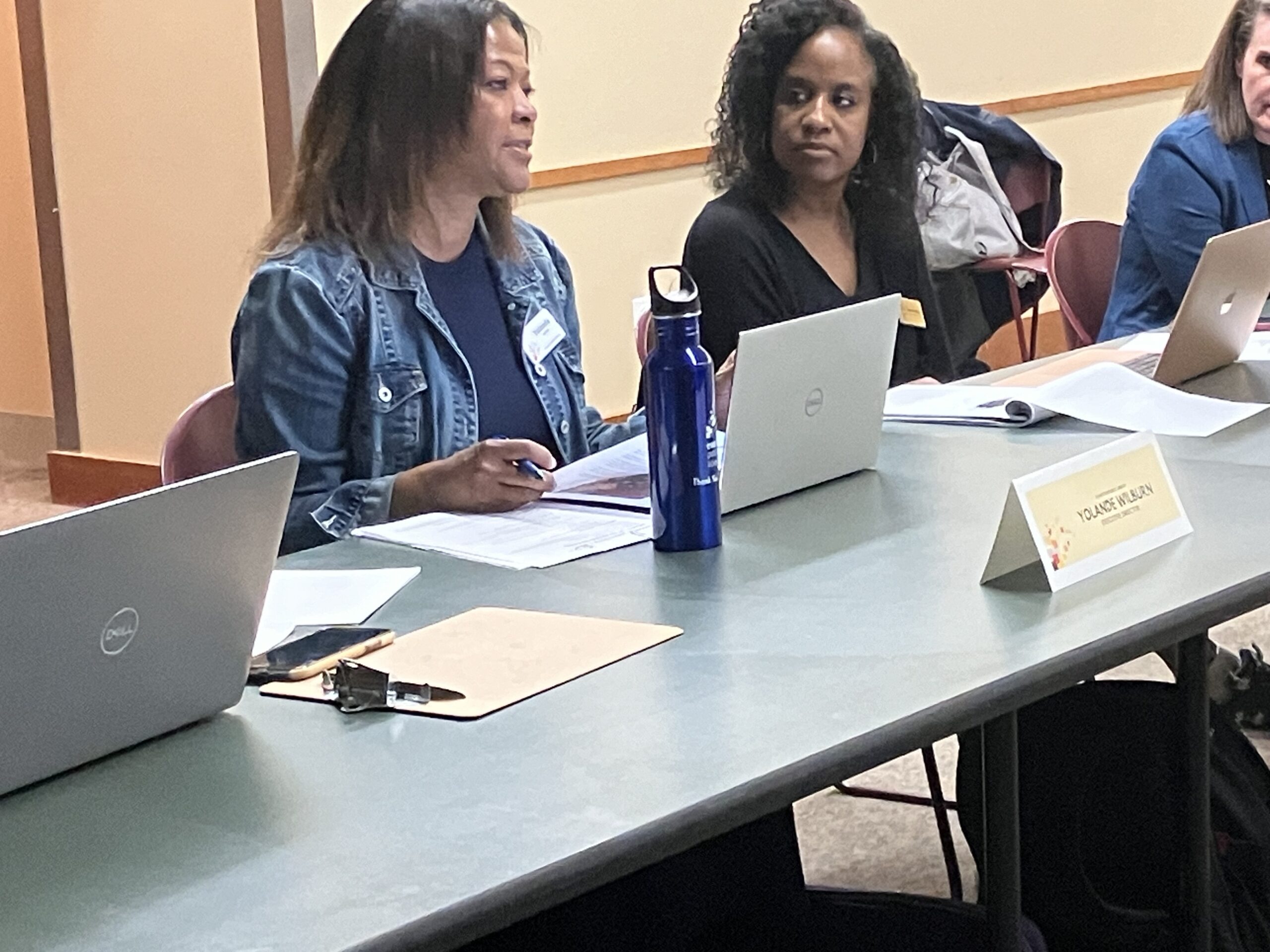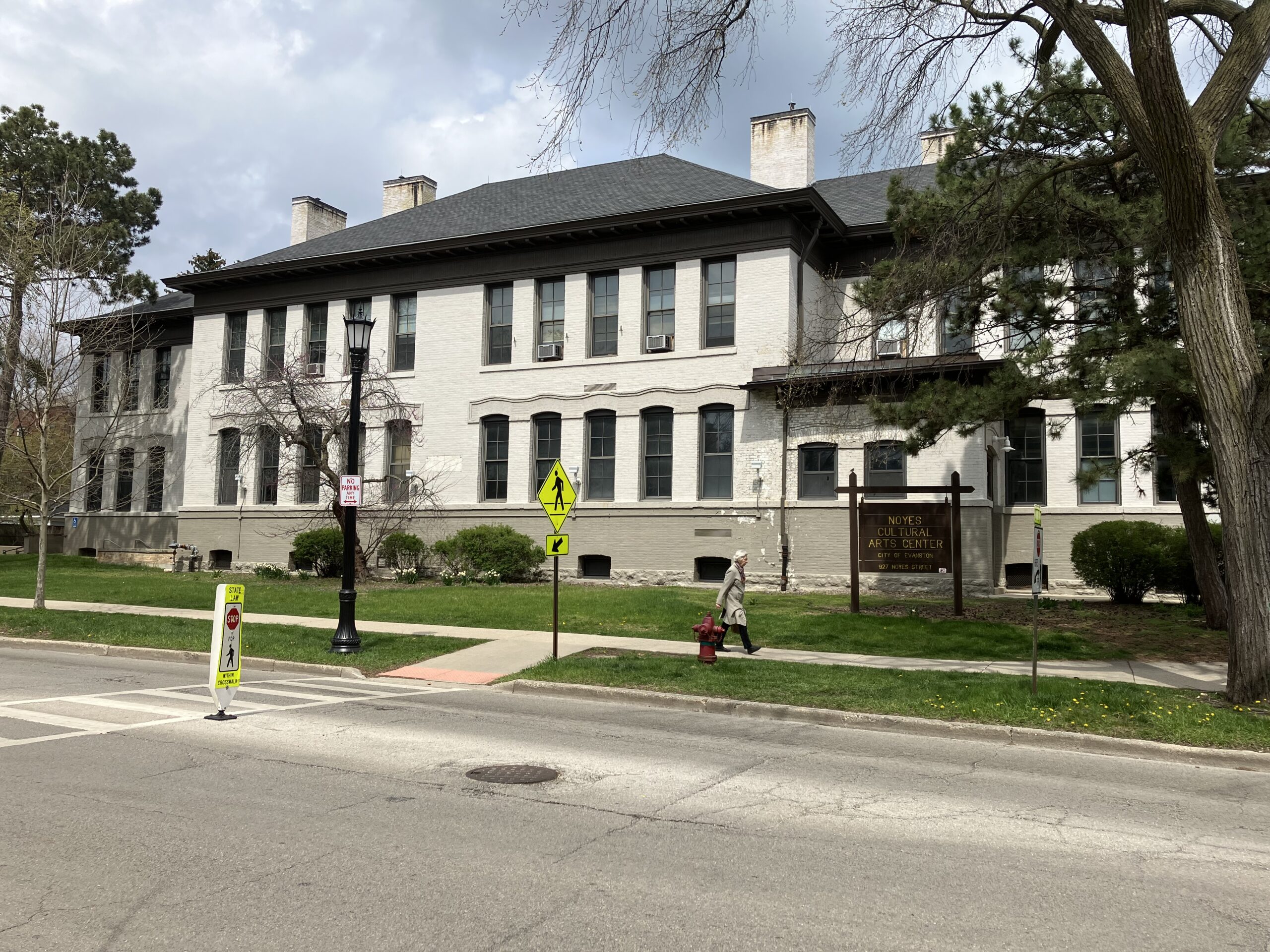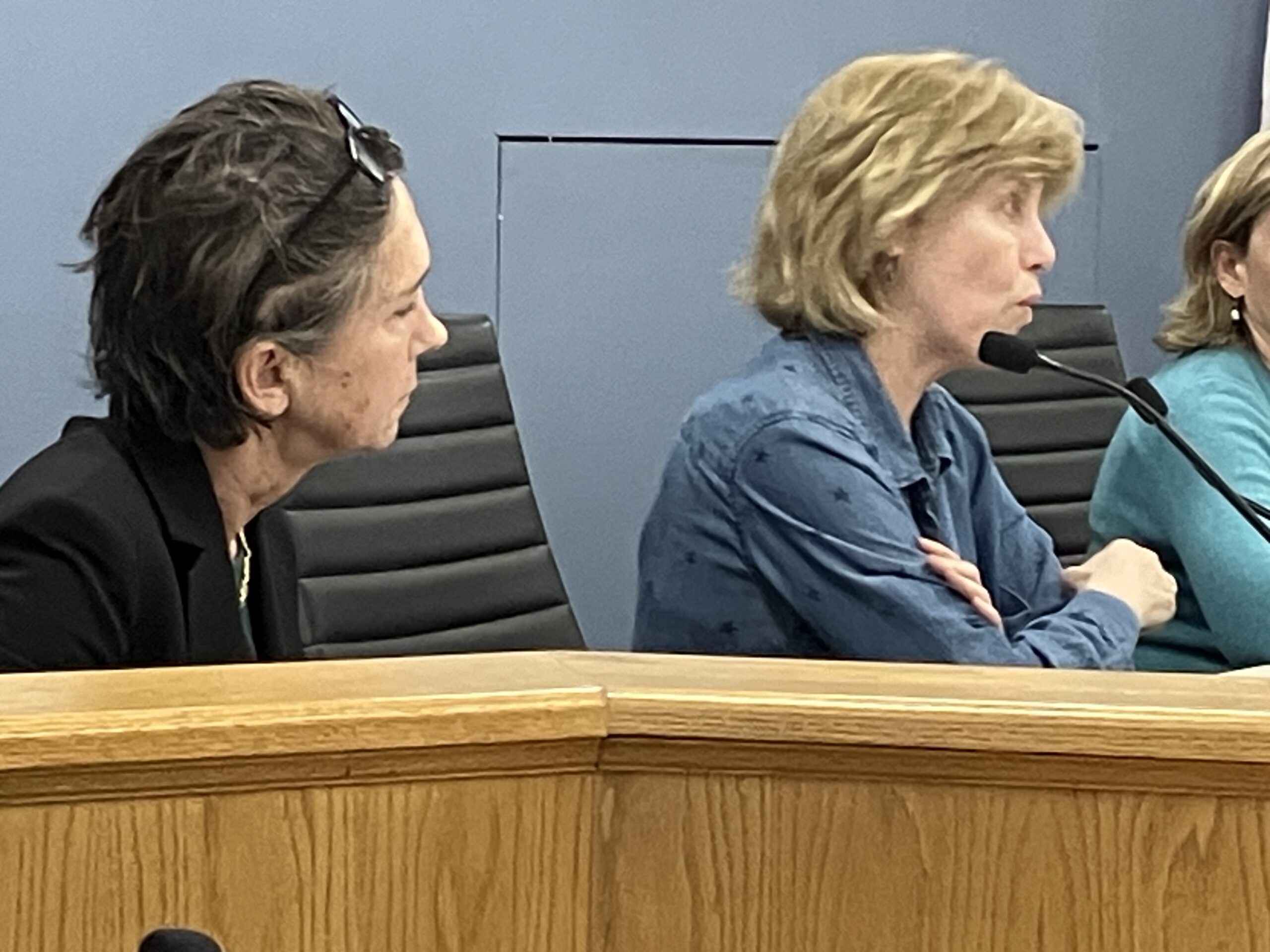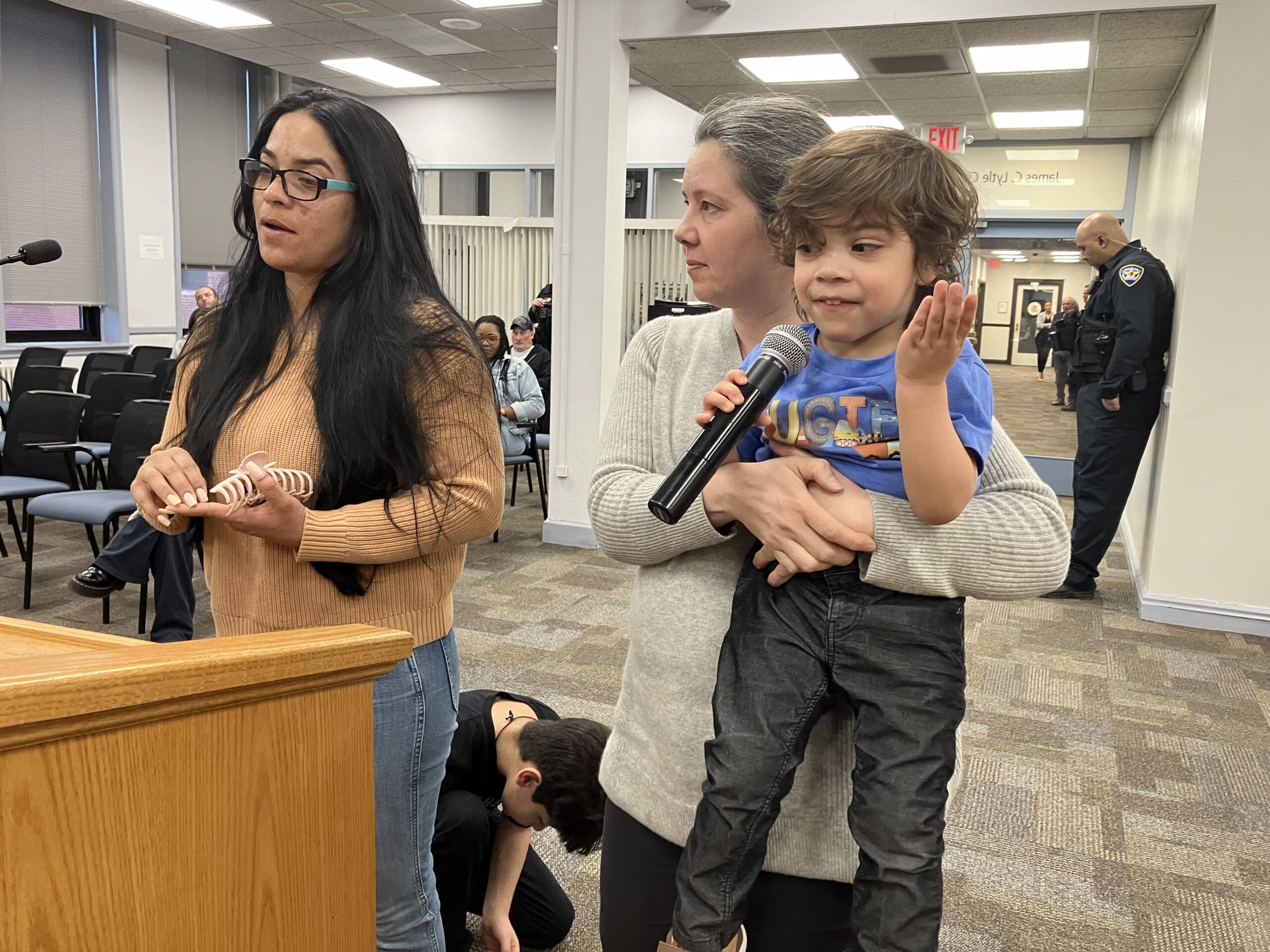By Bob Seidenberg
In a virtual meeting with stadium neighbors Wednesday, Oct. 12, Northwestern University officials heavily played up the neighborhood benefits of their plan to replace 97-year-old Ryan Field with a smaller stadium that includes a state-of-the-art sound-containing canopy.
Some residents expressed concern,though, about officials disclosure to seek a text amendment from the city, allowing a limited number of larger capacity concerts and special events at the new stadium, as well as Welsh-Ryan Arena, to help offset the cost of the project.
The meeting was first with residents since the university released renderings of a schematic design roughly two weeks ago to replace the current stadium. The project is a multi-year one and may entail the moving of games to other venues while construction is going on, an official said at the meeting.
The new Ryan Field stadium campus will be funded entirely with private dollars, fueled by a gift from the Ryan family, the university said previously.
The “architecturally compelling” Ryan Field stadium campus will address the deficiencies of the current stadium and community concerns, interests and goals,” officials asserted. “It will feature a lower and more appealing profile than the current stadium and will serve as a year-round hub for community activities.”
But a number of questions at the meeting focused on Northwestern officials plans for more non-football game events.
“Given that three years ago the community resoundingly disapproved of the use of stadiums for concerts and other non-university events, how can you say you listened to the community,” asked one, about the university’s plan.
Financially viable considerations: University official
Responding, Dave Davis, the University’s Executive Director of Neighborhood and Community Relations, said “all I can say is we spent the last 10 months listening to our neighbors and surveying our neighbors in the community and speaking to a number of focus groups, and what I heard is there (are) a number of existing challenges with the current stadium that the community wanted us to address that’s part of this design process. And as we started to piece this together and ultimately come up with a design that addressed those long-standing challenges and also included all sort of bells and whistles that your neighbors and community wants to see, we quickly learned that this cannot simply be a renovation project, and that this has to be something more significant. And the cost of that, to be quite frank with you, was significantly higher than, again, your simple renovation project, given what the community’s expectations are and for us to deliver a stadium that was befitting to the city of Evanston.”
For the project to be financially viable, then, he said, “that required us to pursue a limited number of full capacity events to make sure that this new stadium and plaza was something that made sense to Northwestern University, but at the same time provided significant benefits to the city of Evanston.”
To learn more about the project, visit rebuildryanfield.com.
Northwestern stadium plan could include a request for more special events
